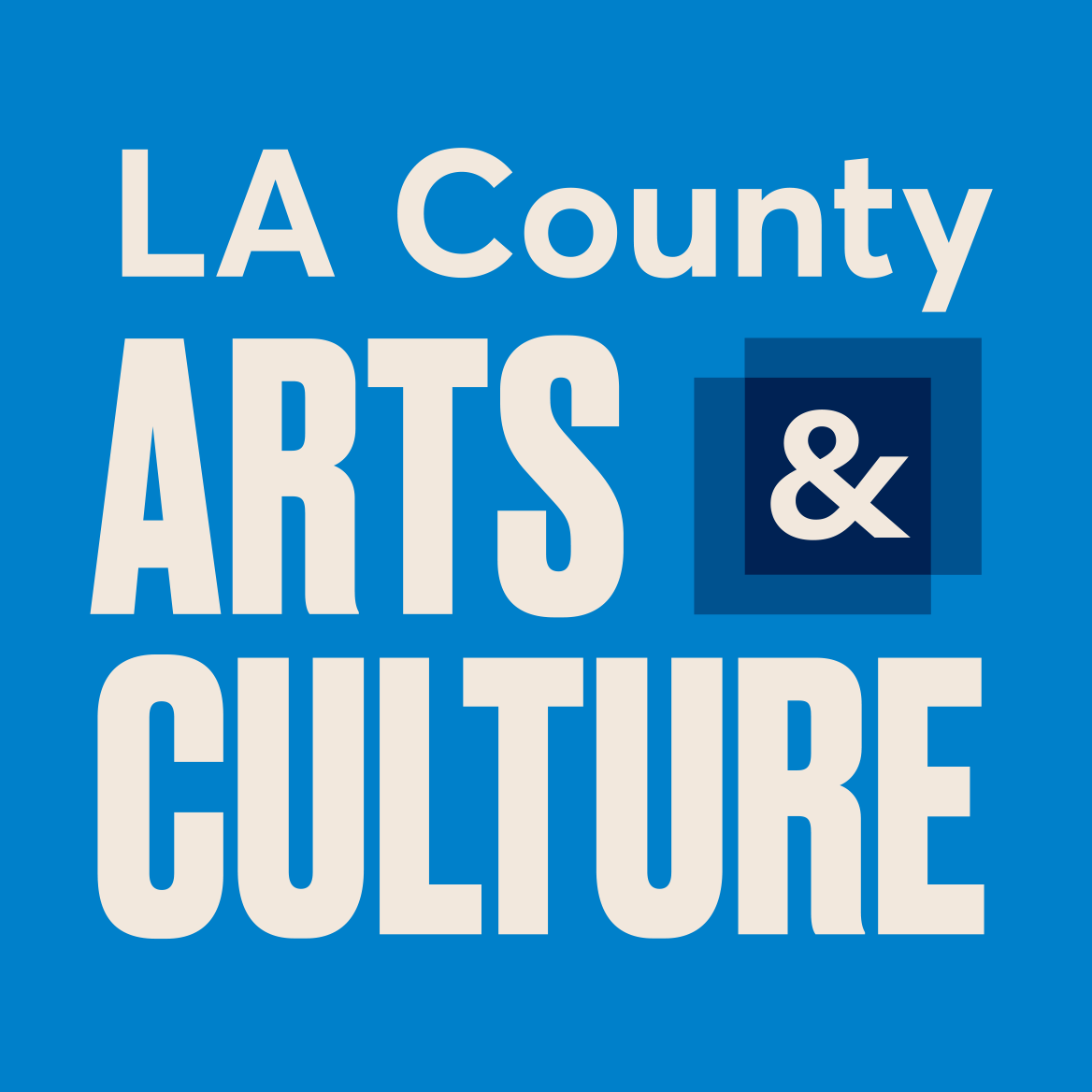Movement for Redress & Reparations (from An American Vocabulary: Words to Action), 2022, Flashcard
This artwork represents the 120,000 Japanese, including over 80,000 American citizens, who were unjustly removed from their homes and businesses by armed soldiers during World War II. For years, they lived in concentration camps before returning to restart their lives from scratch. In the 1970s, a chorus of Japanese American organizers, community organizations, and politicians began to demand redress. From public gatherings to Congressional hearings, they spoke up to ensure their families' experiences would not be erased. In 1988, the Civil Liberties Act finally provided an official apology and reparations to each surviving incarceree.
Thai Garment Workers (from An American Vocabulary: Words to Action), 2022, Flashcard
On August 2, 1995, seventy-two Thai garment workers were rescued from slavery in El Monte, California. They had been trafficked from Thailand with false promises of legal work and held under threats of violence. After being freed by government agencies and the Thai Community Development Center, the workers were detained by US Immigration. Immigrants' rights organizations lobbied for nine days before they were finally released into the care of the Thai CDC. They were later granted US residency, reunited with their families, and won a settlement from the corporations that profited from their enslavement.


